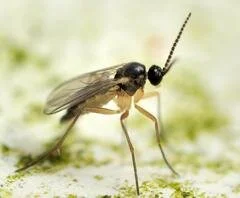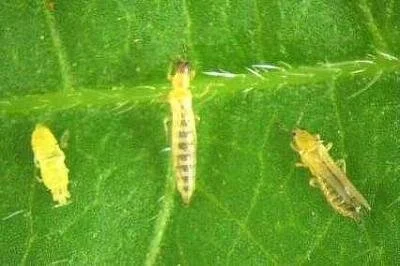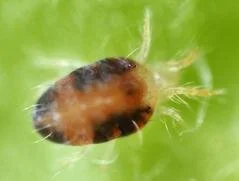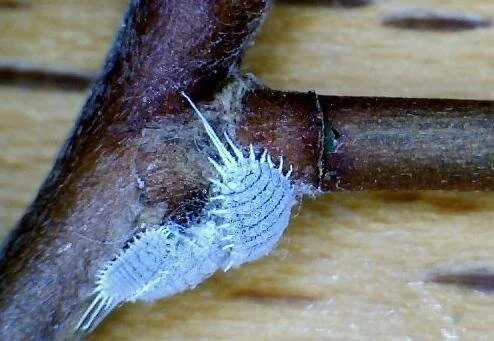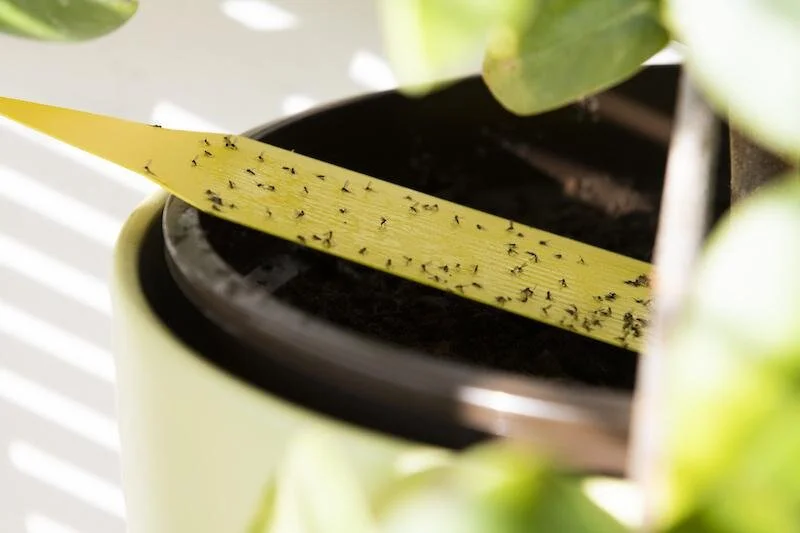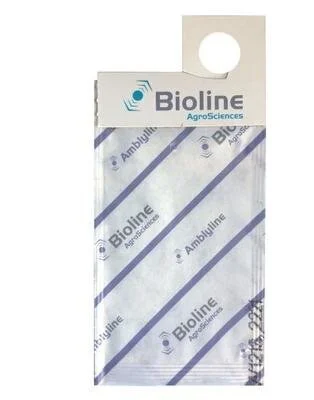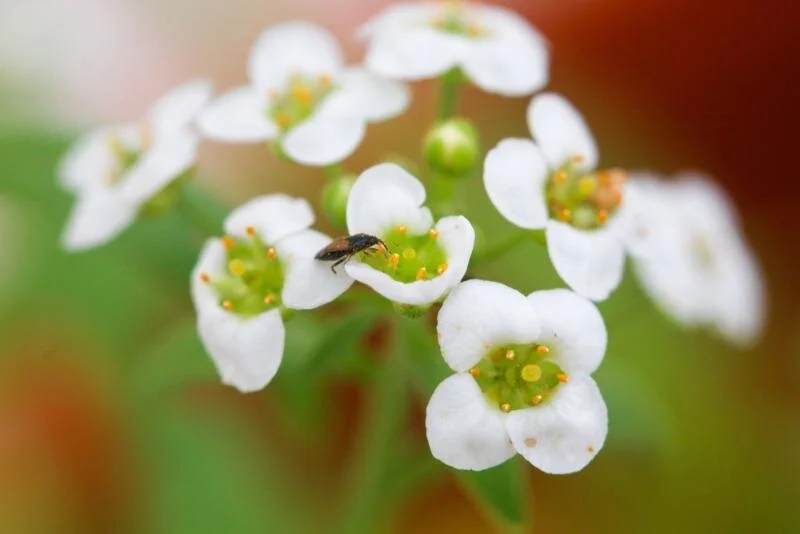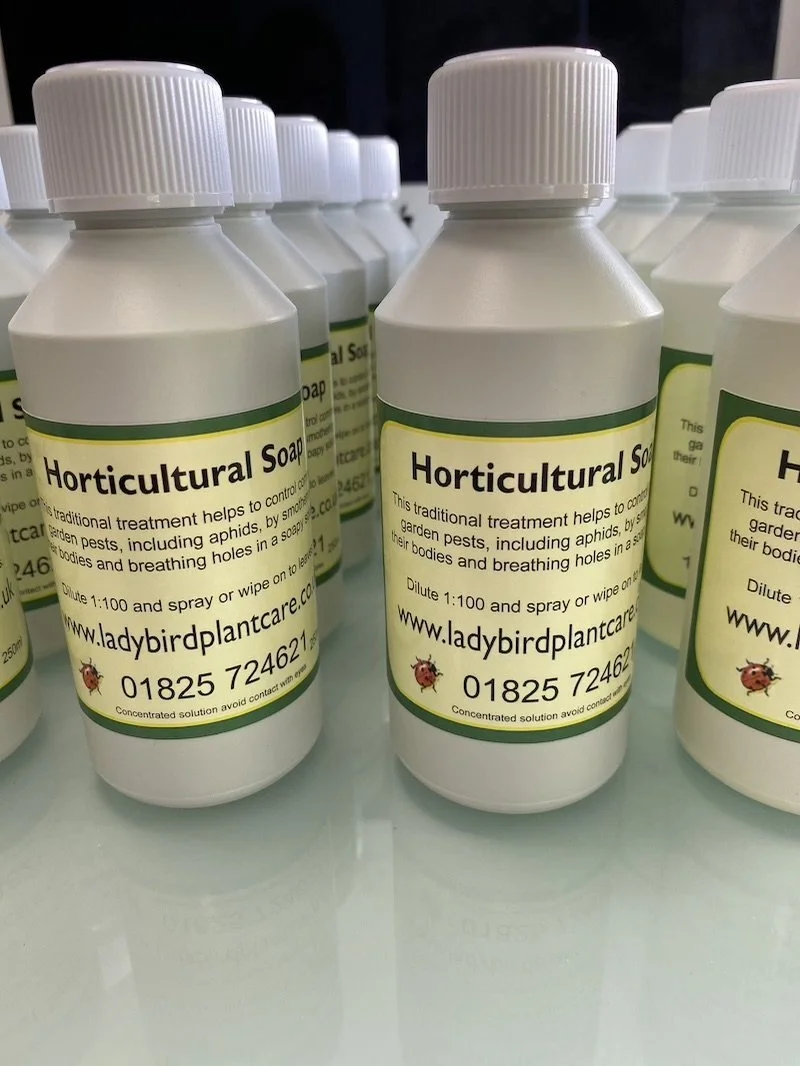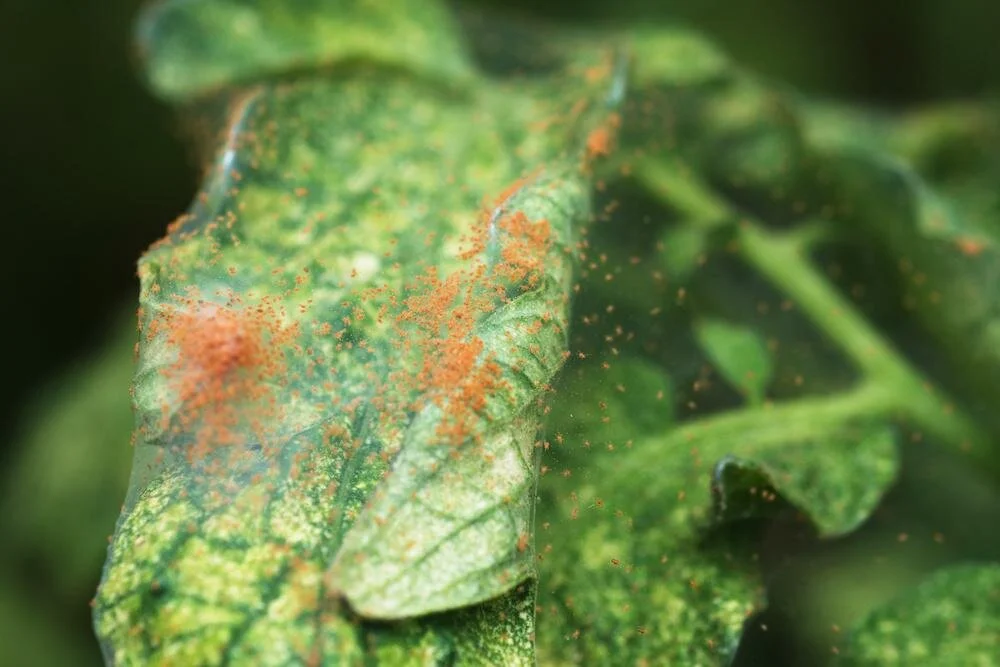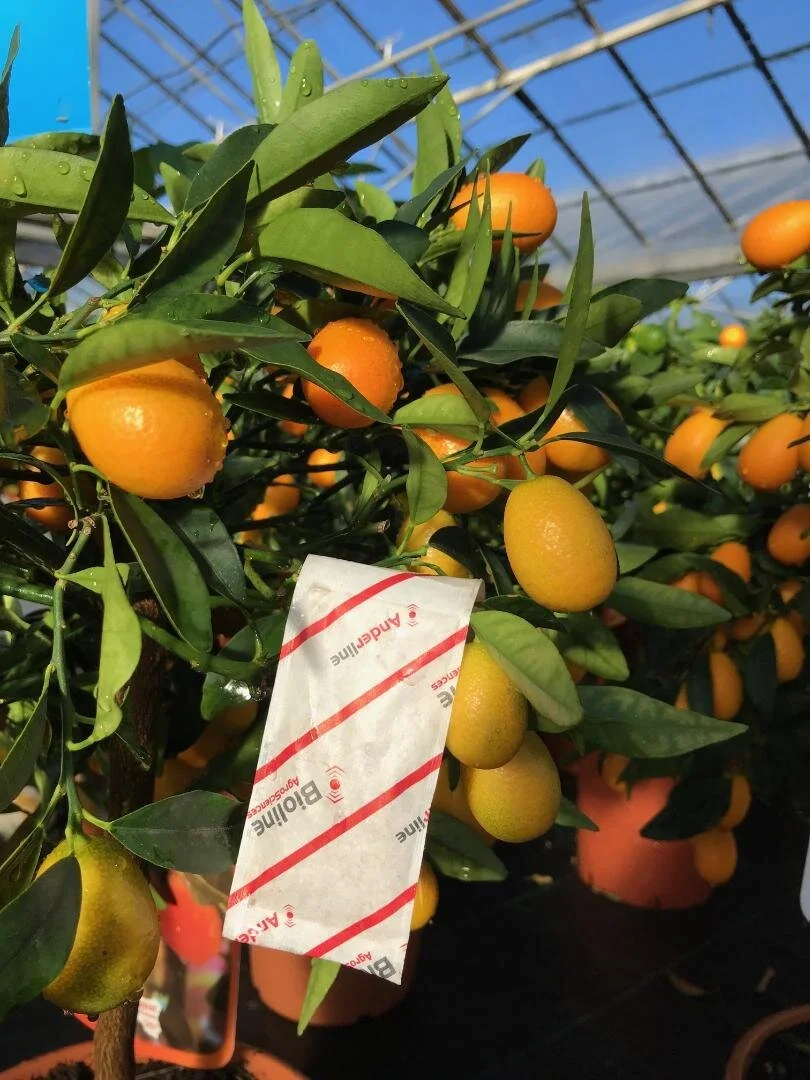HOW TO DEAL WITH HOUSEPLANT PESTS
I’ve waxed lyrical about the benefits of houseplants for years. Prior to our current home, Nick and I lived smack bang in the centre of Elephant & Castle in London for 10 years. Though we were on the ground floor we didn’t have a garden, and weren’t allowed so much as a plant pot outside our front door and so, needs must, we brought the outdoors in and fell in love with houseplants. We were lucky enough to live near a commercial florist who catered for offices and events, so a little hobby of mine became rescuing plants big and small (as well as picking up a few used flower arrangements), from orchids to giant dracaenas from the bin that were well past their best or had done their job, and nurturing them back to glory. Houseplants not only look good in the home, but lots of studies have backed them as being beneficial to both your mental and physical health. They have been shown to reduce stress levels and improve the quality of the air in your home — welcome housemates then! The common houseplants you’ll find in garden centres and plants shops are very easy to take care of — making sure they are getting the right amount of water and light is all you really have to worry about. However, they can attract bugs and pests, which you definitely don’t want in your home. Whilst many shops stock chemical sprays that can get rid of those pests, the last thing you want to be doing is bring that level of toxicity into your home and affect the air you breathe. Tessa Cobley at Ladybird Plantcare, who last month shared her tips for controlling the slug population in your garden and how to protect your flowers from pests, is back with the lowdown on how you can get rid of houseplant pests the planet- and health-friendly way, and the common ones to keep an eye out for.
The last few years have seen a huge growth in the interest in houseplants. Whether you have plants to complement your aesthetic or they have become your full-time hobby, an outbreak of pests can be extremely stressful.
Unfortunately pests love houseplants, as the combination of warmth, light and the proximity of one plant to another creates the perfect conditions for an infestation.
Whilst the sales of houseplants are booming, so are the amount of pests and advice on how to look after your beloved plant babies. Some of this knowledge can be invaluable, knowing if you are underwatering, overwatering, your plant needs extra light, less light, food, etc., is super helpful, but what isn’t helpful is some of the advice given out about pests.
Some simply won’t work, for example drying the soil out, and often when it comes to pests, the products suggested contain very strong chemicals (that you don’t really want in your home) whilst other advice advocates the use of products that are not only expensive but not registered for use in the UK (mosquito bits and neem oil, to name two).
So here’s my advice for dealing with the most common houseplant pests found in the UK and some of the most common ones to look out for:
This one is easy to spot and may be driving you mad! Brownish in colour and 3-4mm long, they crawl and slowly fly around pots and trays, generally being a nuisance. In their larval stage they are slim white maggots that can be up to 6mm long. The adults don't cause much more than a headache but the young can be devastating for young plants and new growth.
How to Treat Fungus Gnats
In the first instance you should use nematodes to control this pest, ideally in conjunction with yellow sticky traps to get rid of the adults. Nematodes kill off the larvae in the compost, and are super easy to use and really effective.
Thrips cause leaf damage: the leaf surface turns a silver colour spotted with black spots, flowers are deformed with brown petals. The pest itself is very small and difficult to see.
How to Treat Thrips
Because they are so small, we need a control that can seek them out, their natural predators! You can use a variety of different predatory mites, such as Amblyseius or Orius, depending on how bad the Thrips problem is.
This is another pest that causes leaf damage. Leaves become mottled then turn yellow and fall off. In worst cases you will see a fine webbing spread across the plant. The pest itself is very small and more likely to be a creamy colour than red.
How to Treat Red Spider Mite
In the first instance, keeping plants damp and keeping temperatures down will help. You may also want to use a soap-based insecticide. If the infestation has taken hold, then super predator Phytoseiulus persimilis mites work fast to clear it up. For the first signs of spider mite Amblyseius Andersoni mites are great, and can also be used as a preventative measure.
Finally, the trickiest to deal with, little white-grey creatures which look a bit like fluffy white woodlice. They are first spotted in the joins where leaves meet stems and on the underside of leaves. You will see white, sicky wooly masses. These masses protect them from harm.
How to Treat Mealybug
Clean Mealybug off as soon as you see it, but be careful — it spreads very easily and you don't want to make the problem worse. In temperatures that remain above 20°C, mealybugs can be treated with the natural predator Brown Australian Ladybirds (Cryptolaemus Montrouzieri) which will crawl around the plant eating the mealybugs.
If you’re struggling to identify your pest, and none of the above sounds like it could be it, head over to my guide here for more help and advice.
You can follow Tessa on Instagram @ladybirdplantcare and contact her on plantcare@ladybirdplantcare.co.uk if you’re really struggling!


